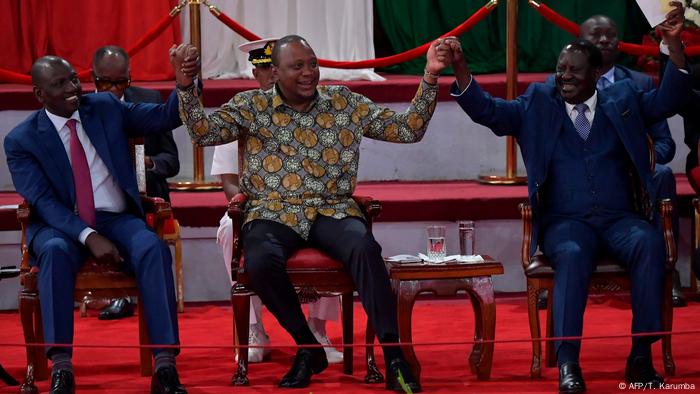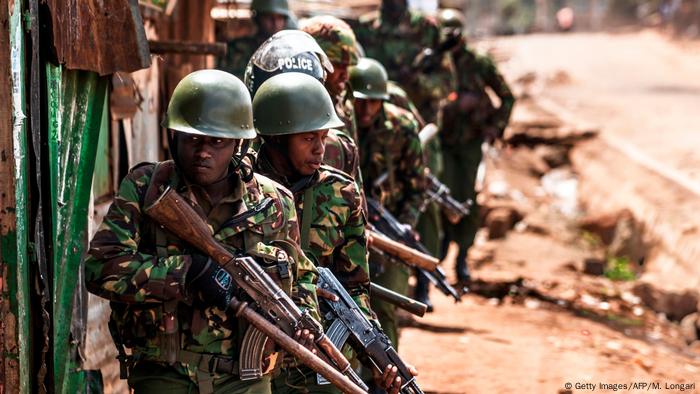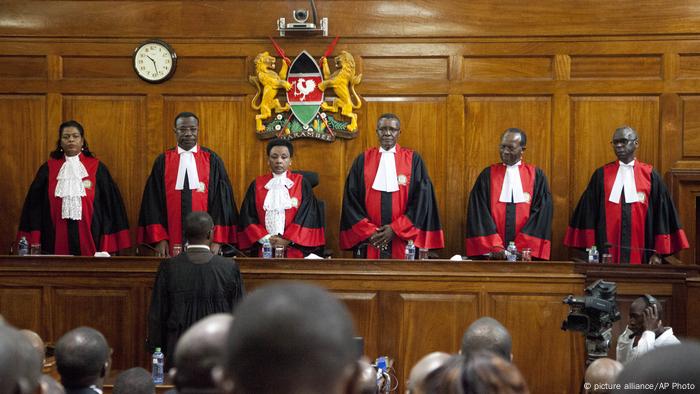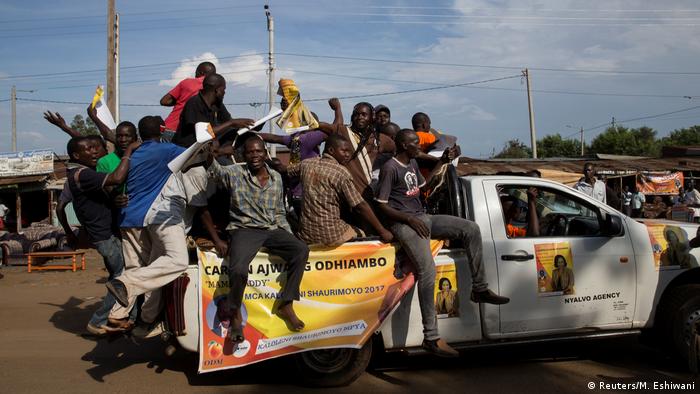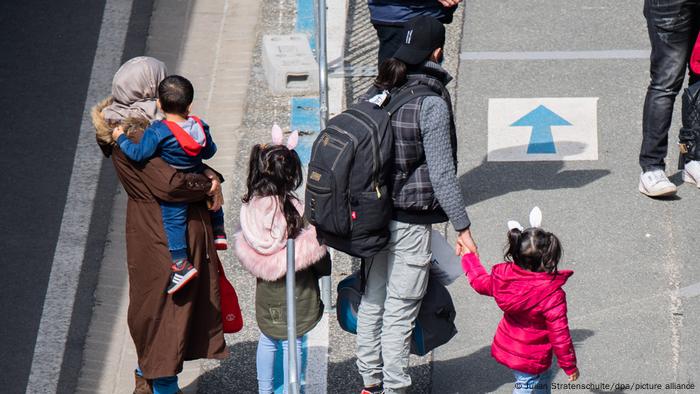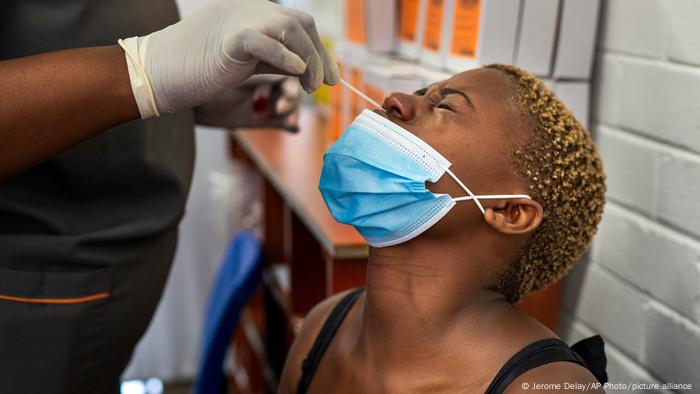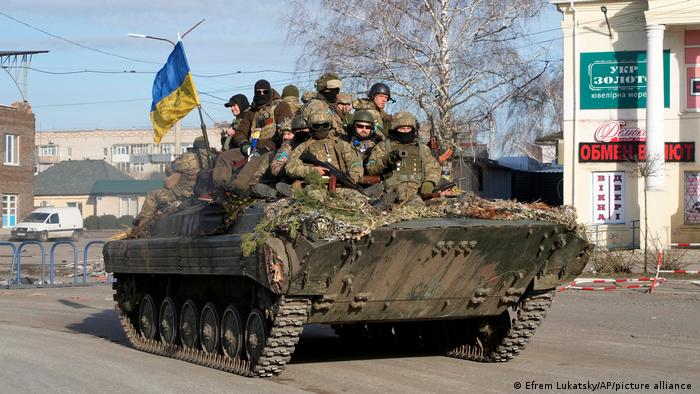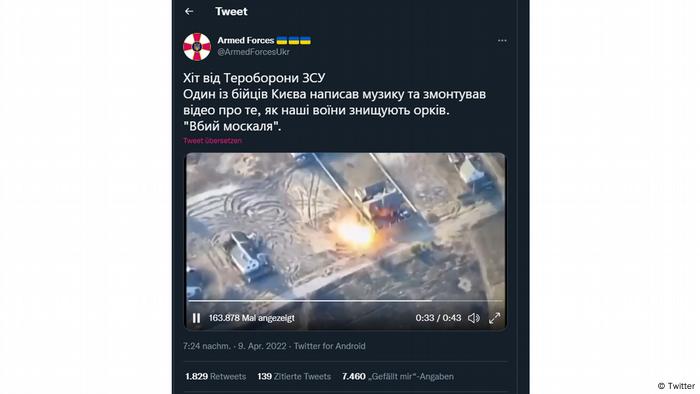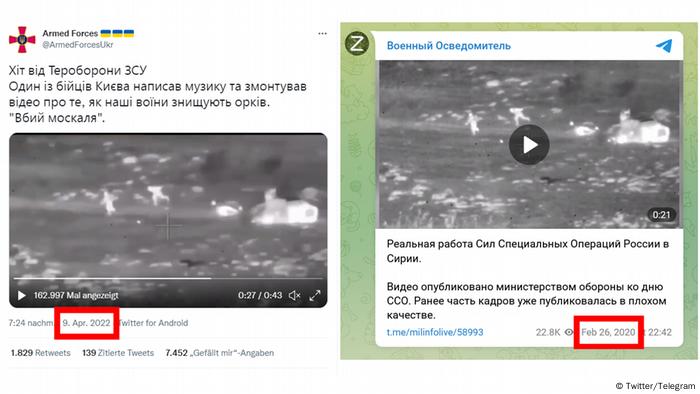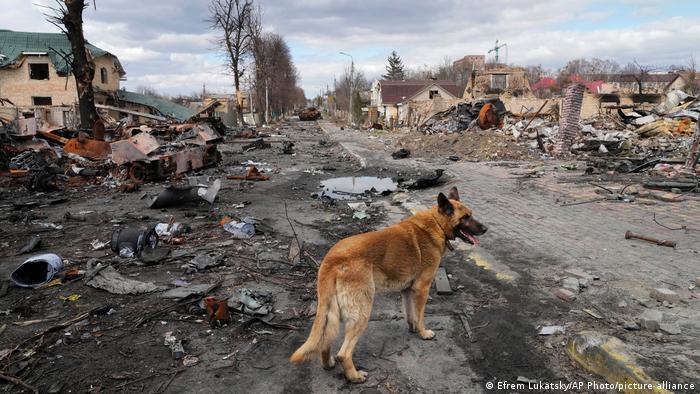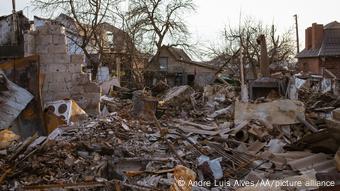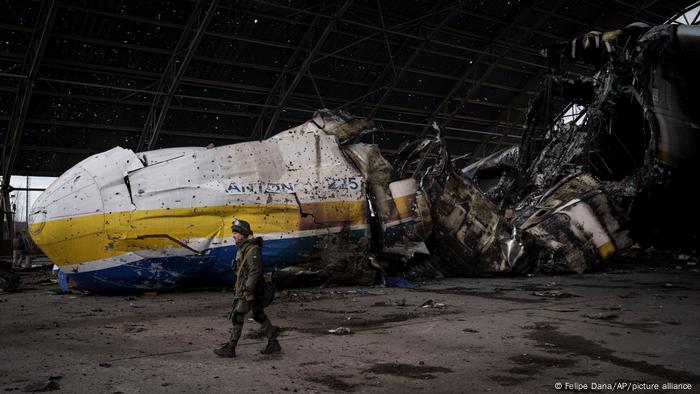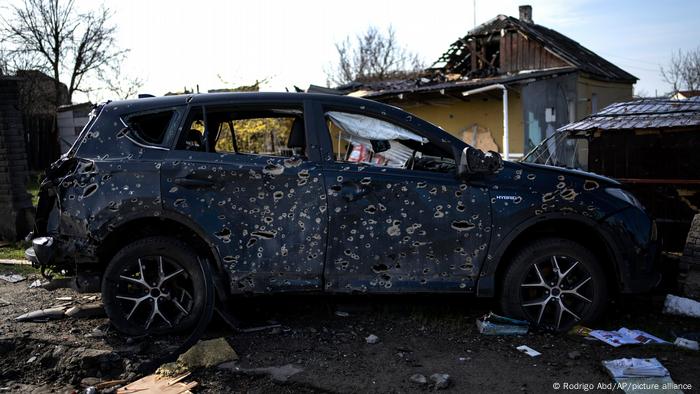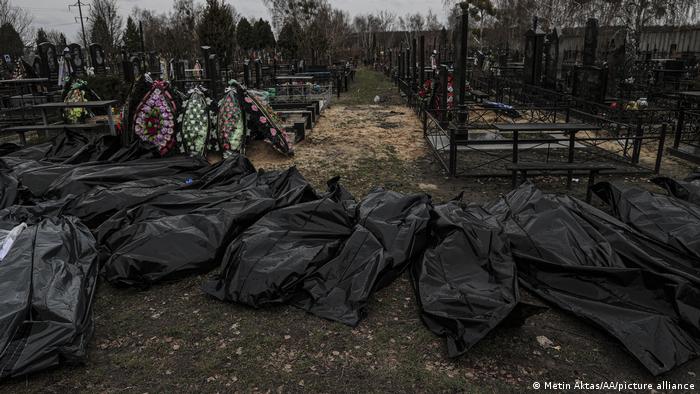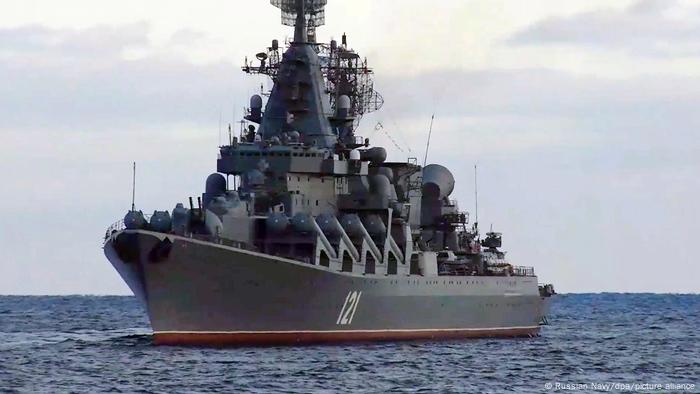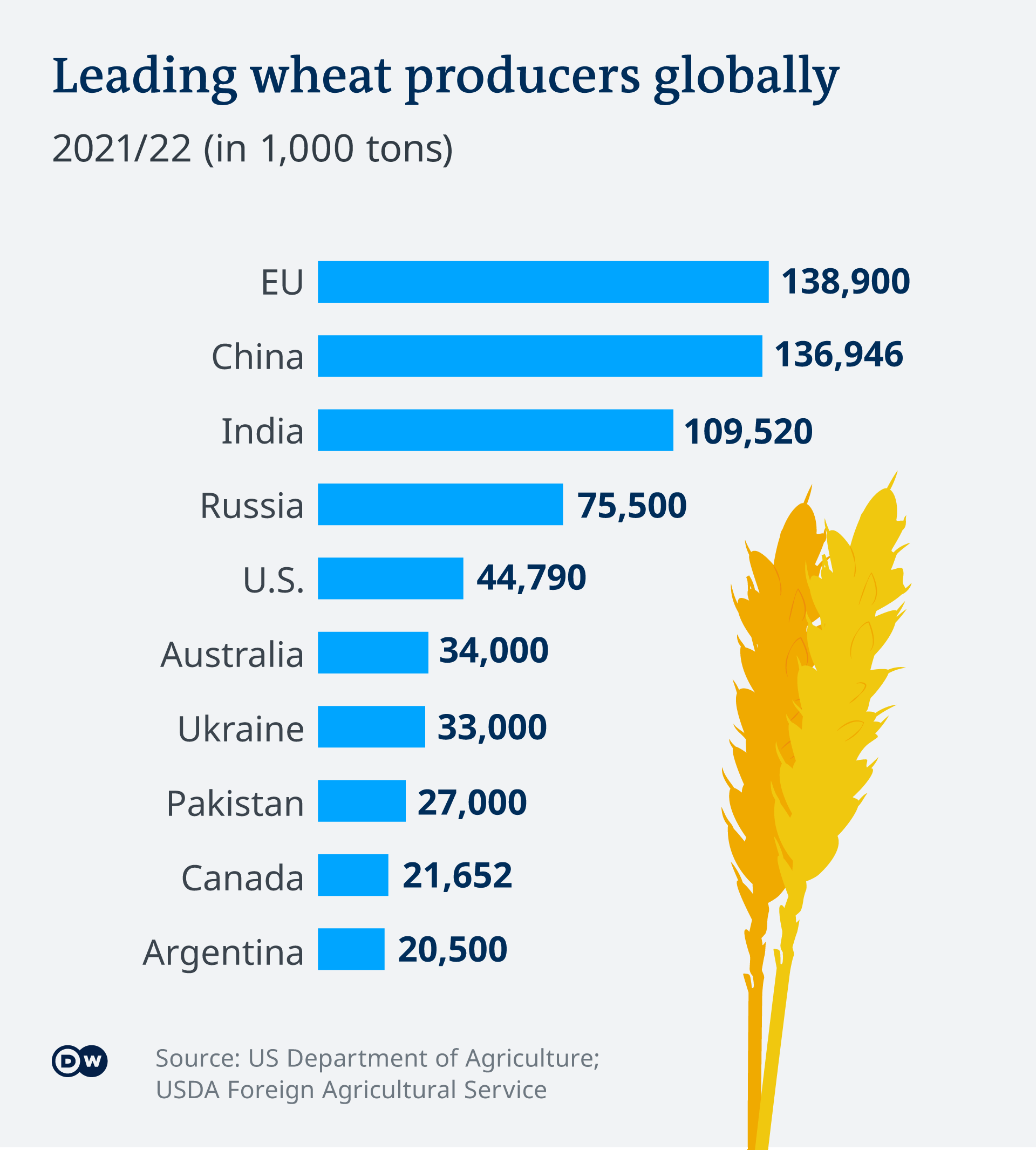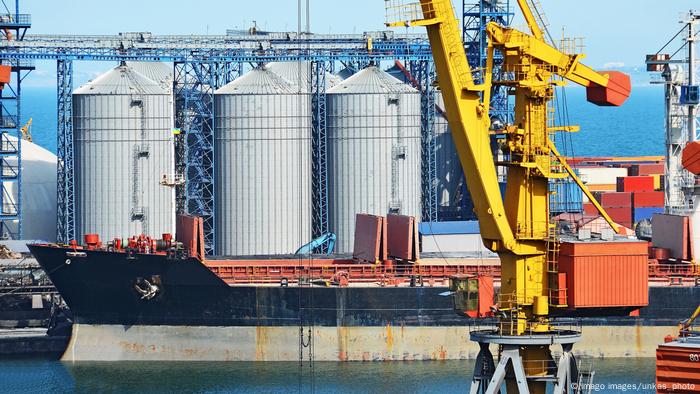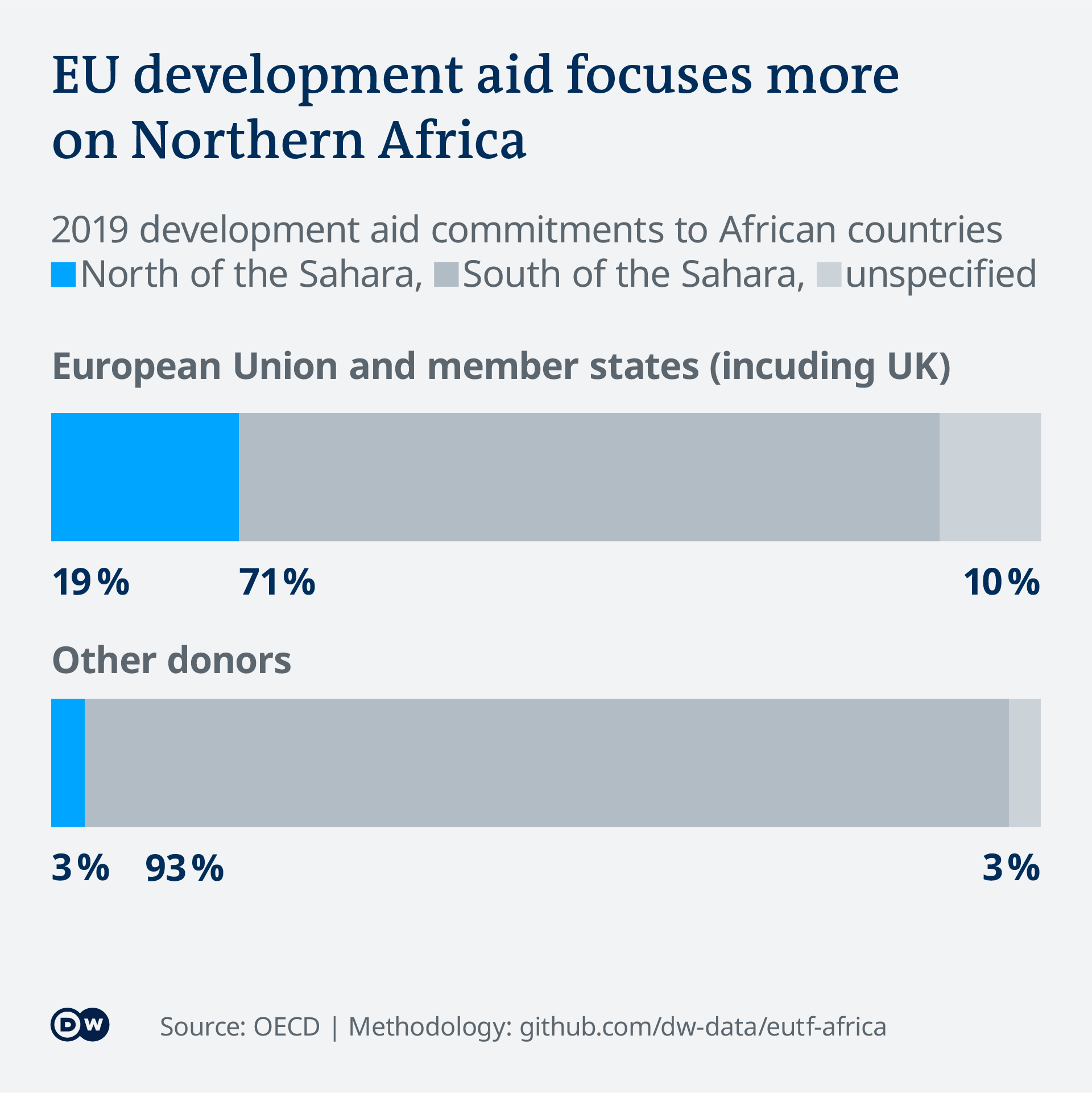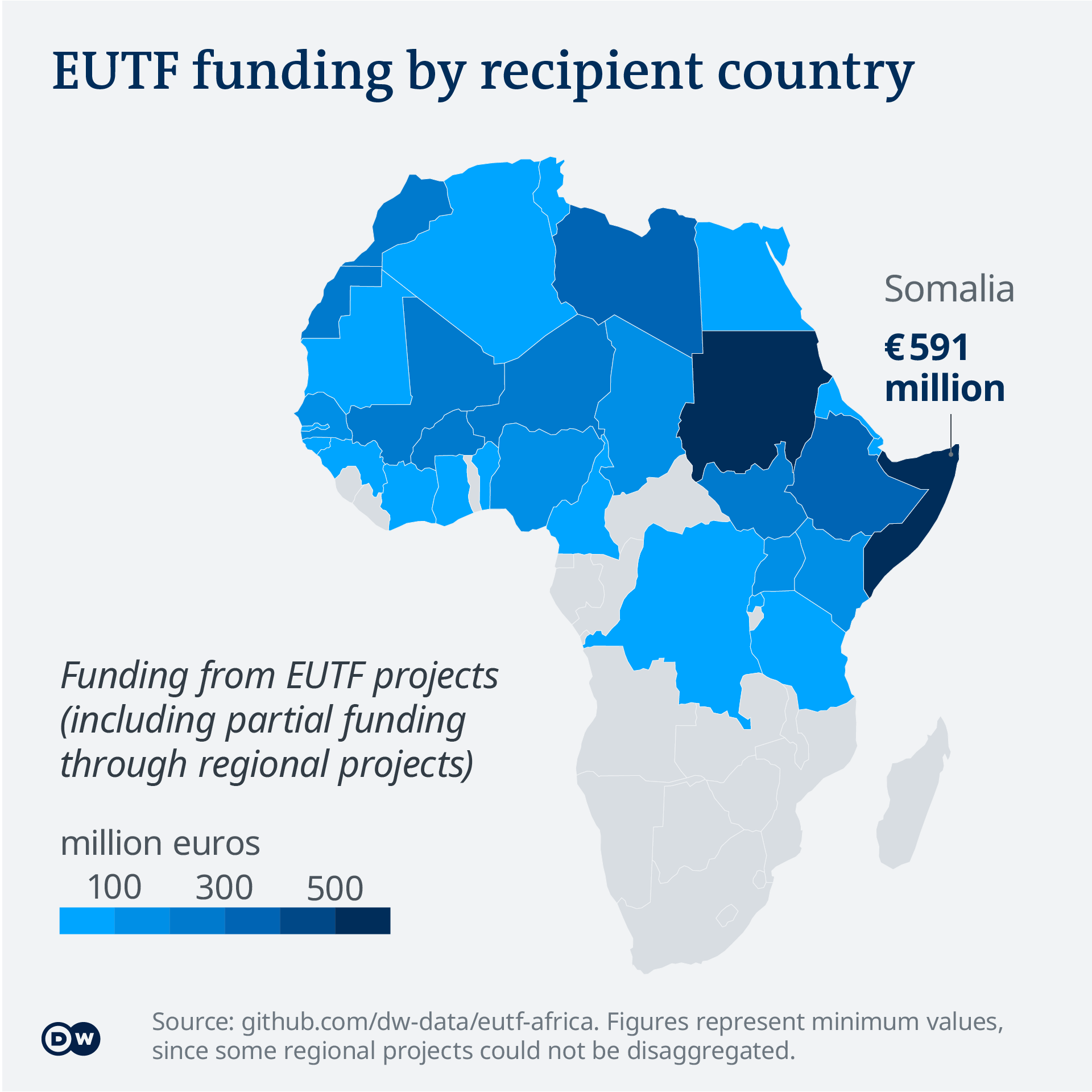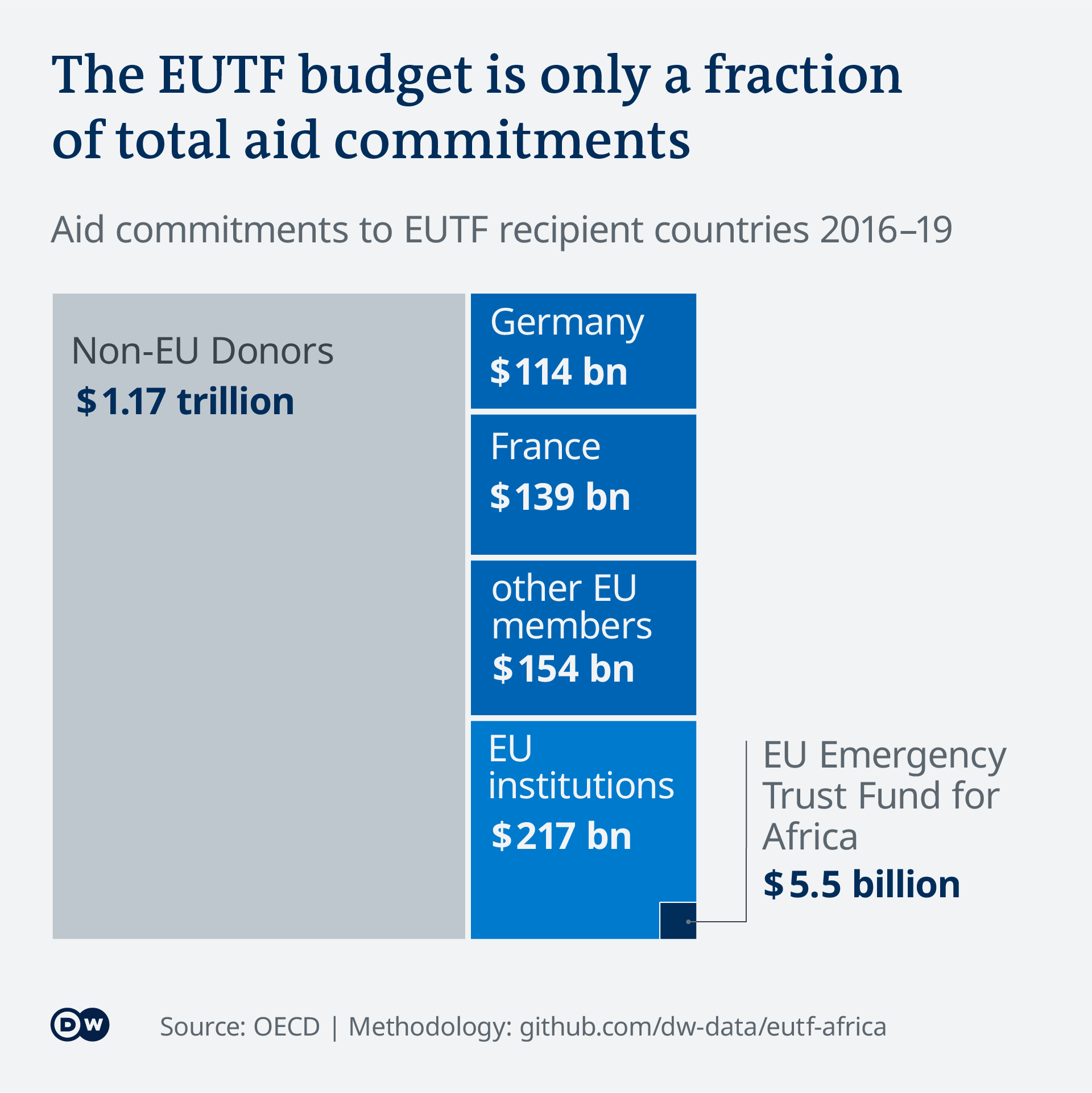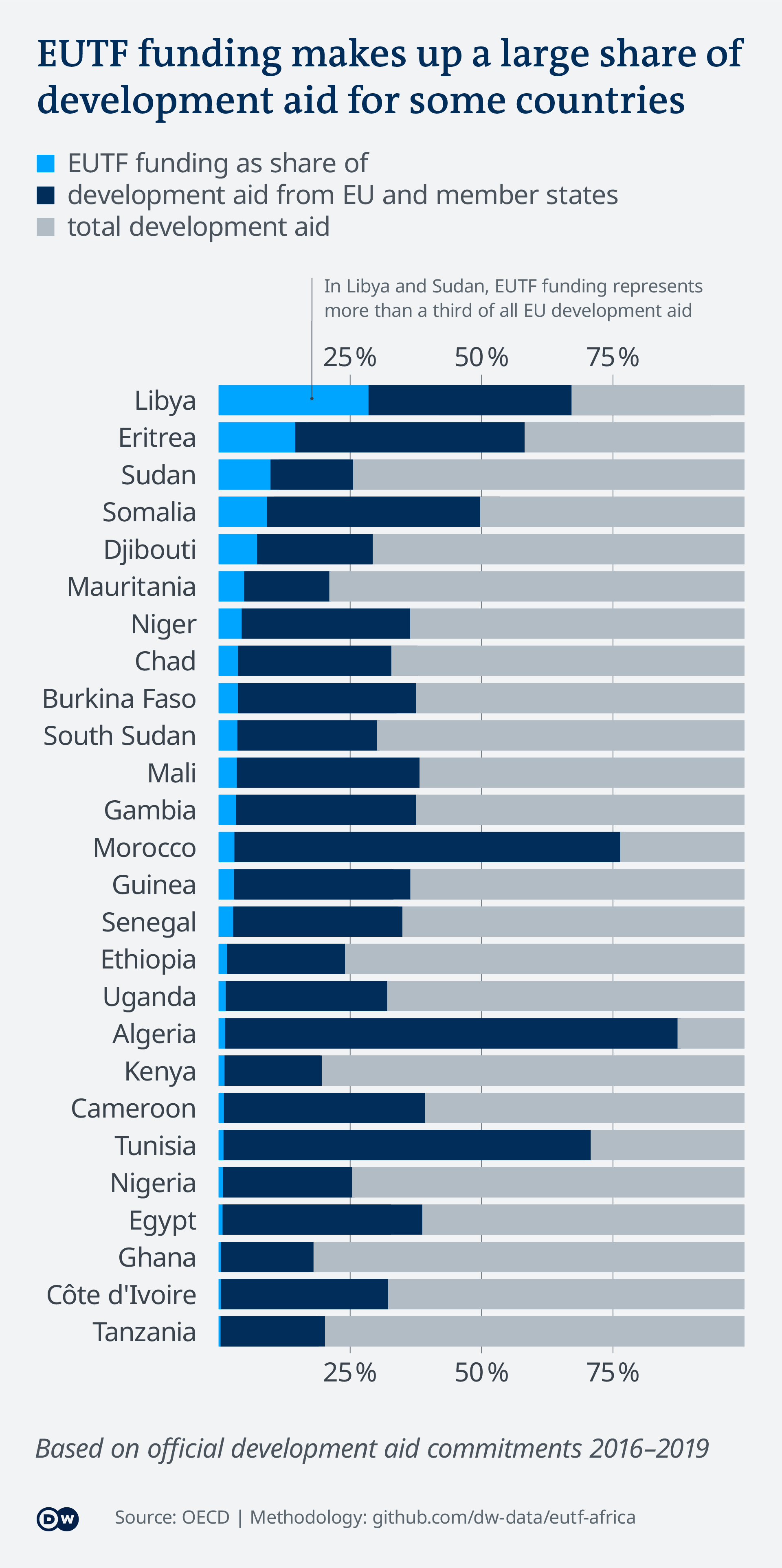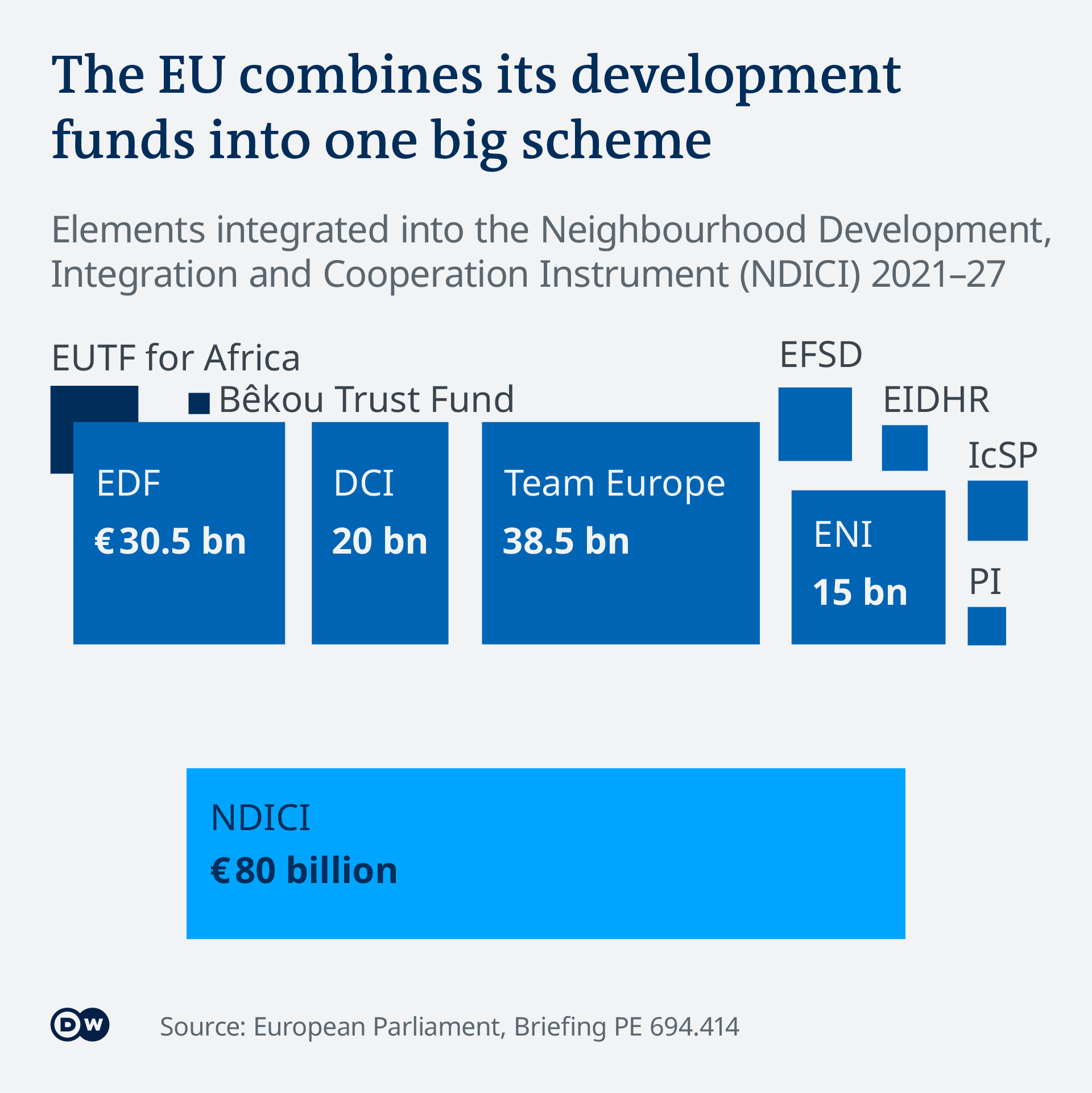Although abortion is legal, over two-thirds of abortions in India are considered to be risky. Barriers to safe abortion include a shortage of doctors in rural areas, a lack of confidentiality and widespread stigma.
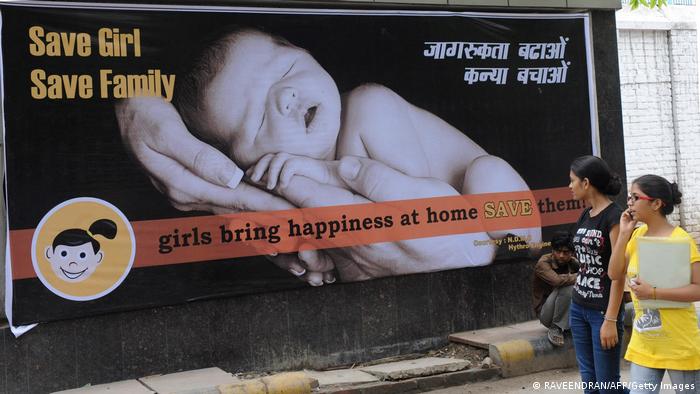
Women often attempt to carry out abortions at home due to stigma in doctors' offices
Chitra (name changed) had to travel more than 40 kilometers (25 miles) from her home to the city of Gurgaon to get an abortion so that her family members would not find out.
"The contraceptive failed, and I did not wish to have a child," she said. "I was repeatedly questioned and treated rudely by the doctors as well as nurses and other staff at the clinic," the 20-year-old student told DW.
"My boyfriend was there to support me, but I was afraid they would force me to ask for my family's permission. I would never want to go through this ordeal again," she said.
Abortions have been legal in India since 1971. An amendment to the Medical Termination of Pregnancy (MTP) Act last year expanded women's access to safe and legal abortions from 20 to 24 weeks, among other changes.
It also added a confidentiality clause, and added failure of contraception as a reason to seek termination of pregnancy, regardless of a woman's marital status.
"As the next step, we need to work towards advocating a more rights-based approach by giving women greater autonomy and choice," said Dr. Nozer Sheriar, who serves on the technical advisory committee for the World Health Organization (WHO) , following the amendment.
Watch video02:47 India's female lawyers fight for equality and basic rights
Women die 'every day' due to unsafe abortion
The United Nations Population Fund (UNFPA)'s State of the World Population Report 2022 has stated that about 67% of abortions in India were unsafe.
It also said that eight women die each day due to unsafe abortions, which were the third most common cause of maternal mortality in the South Asian nation.
Chitra's experience sheds light on what many women go through, and on one of the reasons why they may opt for illegal methods of abortion.
The report, titled "Seeing the Unseen: The case for action in the neglected crisis of unintended pregnancy," said that one in every seven unintended pregnancies occurs in India.
An abortion is considered safe if it is done using a method recommended by the WHO. The UNFPA report noted that the amendment to the MTP Act in 2021 appears encouraging, but added that a lot more needs to be done to prevent unsafe abortions and maternal mortality.
A lack of privacy with doctors
In India, a woman does not require her husband's, partner's or family member's approval if she is an adult of sound mind and wishes to get an abortion.
Despite this, there are several hurdles that women face in accessing safe abortions. "In a society that is highly patriarchal, women find it difficult to access abortion," Kajal Jain, program coordinator at the Pune-based Mahila Sarvangeen Utkarsh Mandal (MASUM) NGO told DW.
"Healthcare providers often ask women to get the permission of their husband, or family members, even though it is not required by law. Often, the privacy and confidentiality of the woman is not protected."
"Marginalized women, such as sex workers, HIV positive women, tribal women, single women, and youths find it even more difficult to access abortion. And a lack of access is what leads to unsafe abortions," Jain added.
Another issue which many women face is that of geographical access. About 66% of India's population lives in rural parts of the country, where there is a severe shortage of obstetrician-gynecologists, according to the 2019-20 Rural Health Statistics Report of the Ministry of Health and Family Welfare.
As a result, many abortions are often performed by midwives, auxiliary nurses, or birth attendants and are therefore considered unsafe.
The 2015-16 National Family Health Survey (NFHS) showed that only 20% of abortions took place in public sector healthcare facilities. Private clinics and hospitals, which are concentrated in urban India, were responsible for 52% of the abortions.
Dr. Rupali Mishra, who runs a medical and diagnostics center in New Delhi, told DW that many patients come to the center after purchasing illegal at-home abortion kits or getting surgical abortions from fraudulent doctors.
"There are many complications and risks with such patients," she said.
'Recognize abortion as a reproductive need'
The WHO says that the average maternal mortality rate is three times higher in countries with more restrictive abortion laws (223 maternal deaths per 100,000 live births) compared to countries with less restrictive laws (77 maternal deaths per 100,000 live births).
The UNFPA report added that girls between the ages of 15 and 19 were at the highest risk of dying from an abortion-related complication. Unintended pregnancies are heavily correlated to lower education and income levels, especially for younger women and girls.
"If comprehensive sexuality education is not offered in her school, she may lack accurate information. Pregnancy may be her default option because she has few opportunities and choices in her life. Without a chance to finish her education, for instance, she may not see a reason to postpone childbearing," the report said.
According to Section 312 of the Indian Penal Code, "causing a miscarriage" is considered to be an offense, so the MTP act was then introduced to protect doctors who provide abortions. "The MTP bill only protects the doctor from criminalization of abortion services," said Jain.
"The act, which comes from a legal standpoint, needs to be more women-centric. It needs to recognize abortion as a genuine reproductive need, and not punish women," she added.
Edited by: Leah Carter
DW RECOMMENDS
Why many Indians prefer sons over daughters

